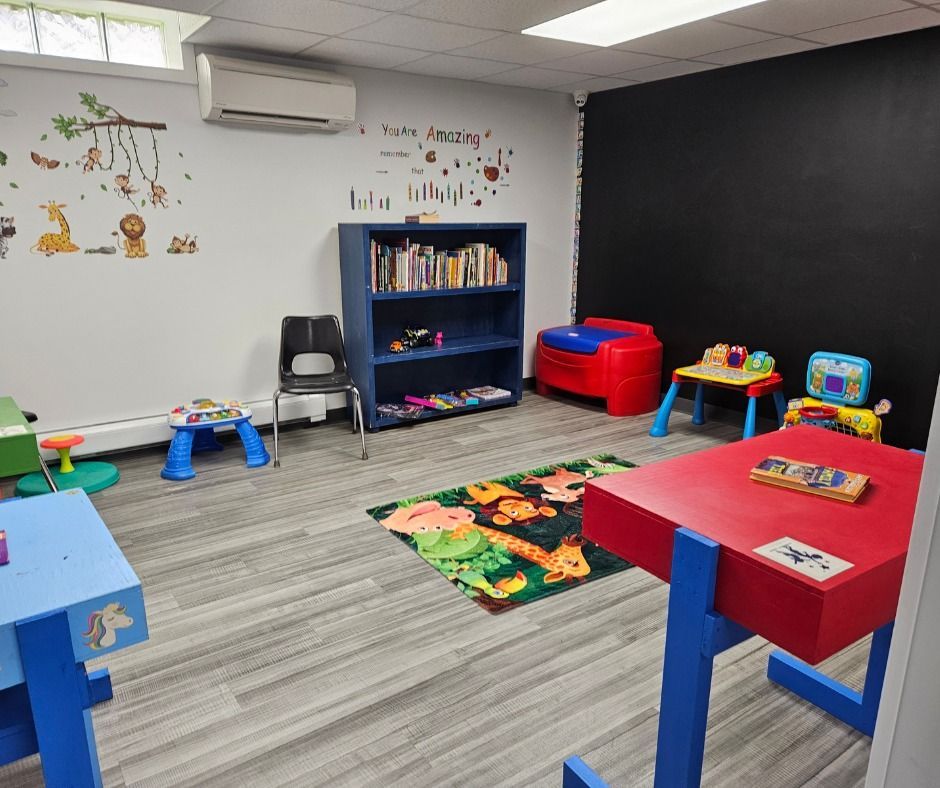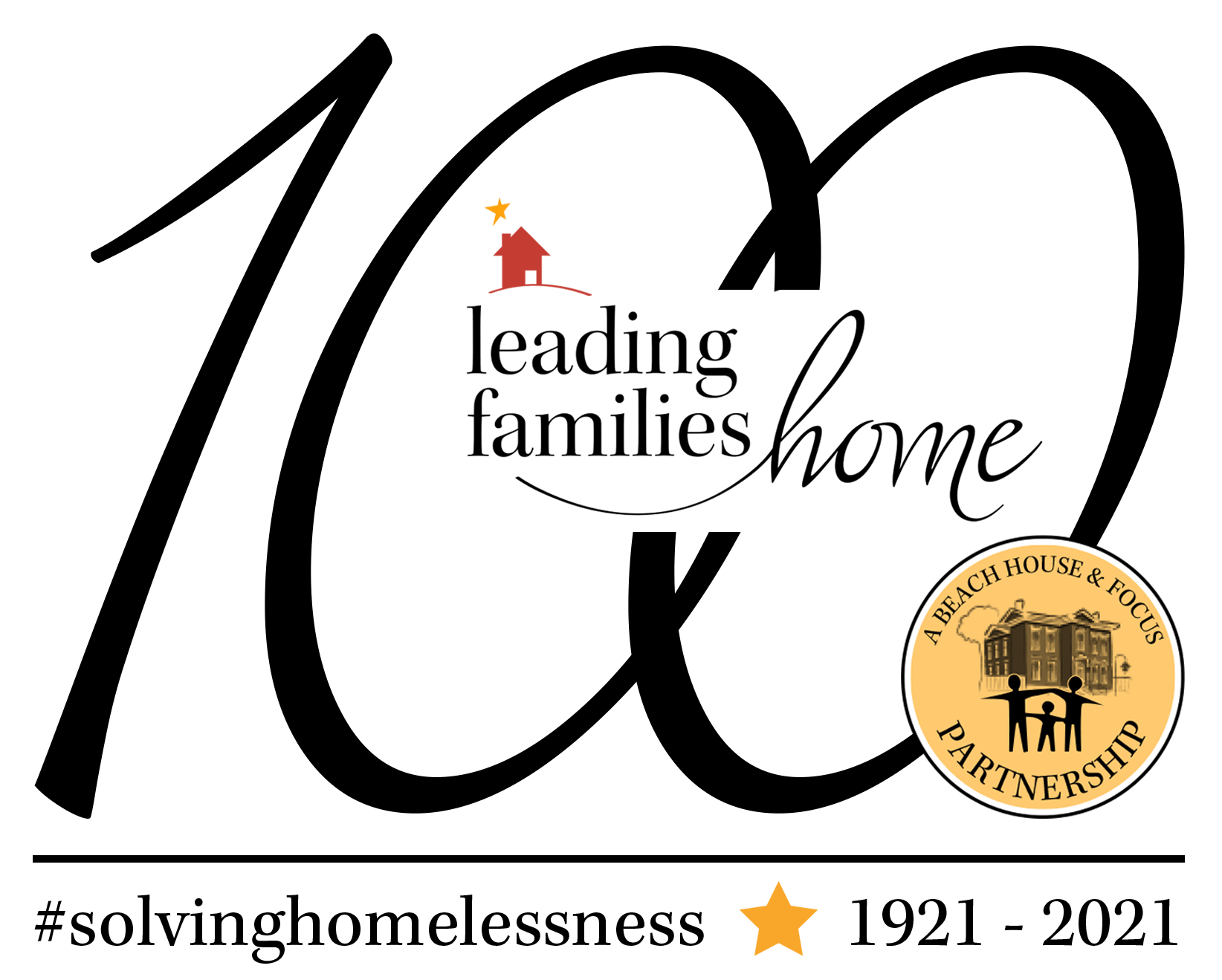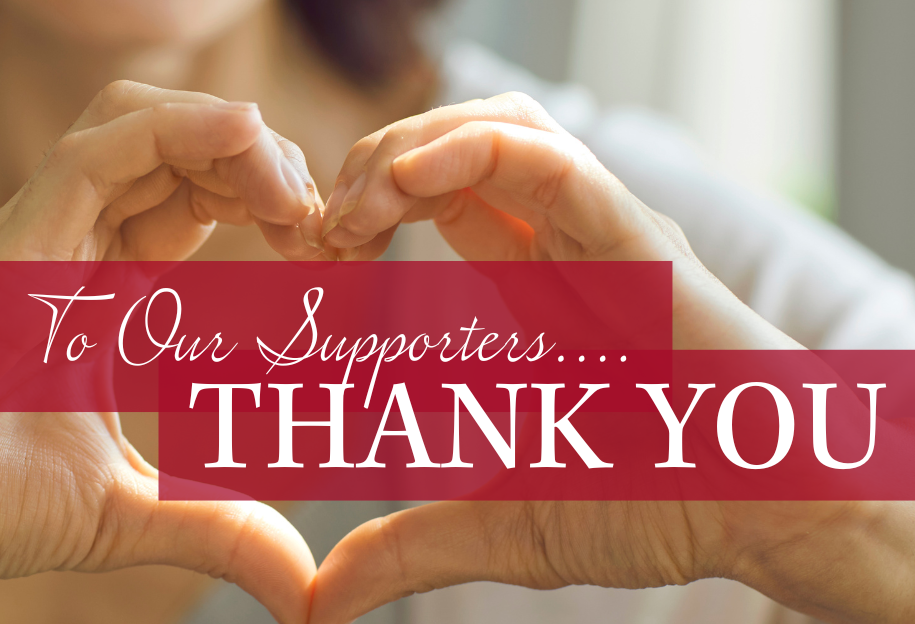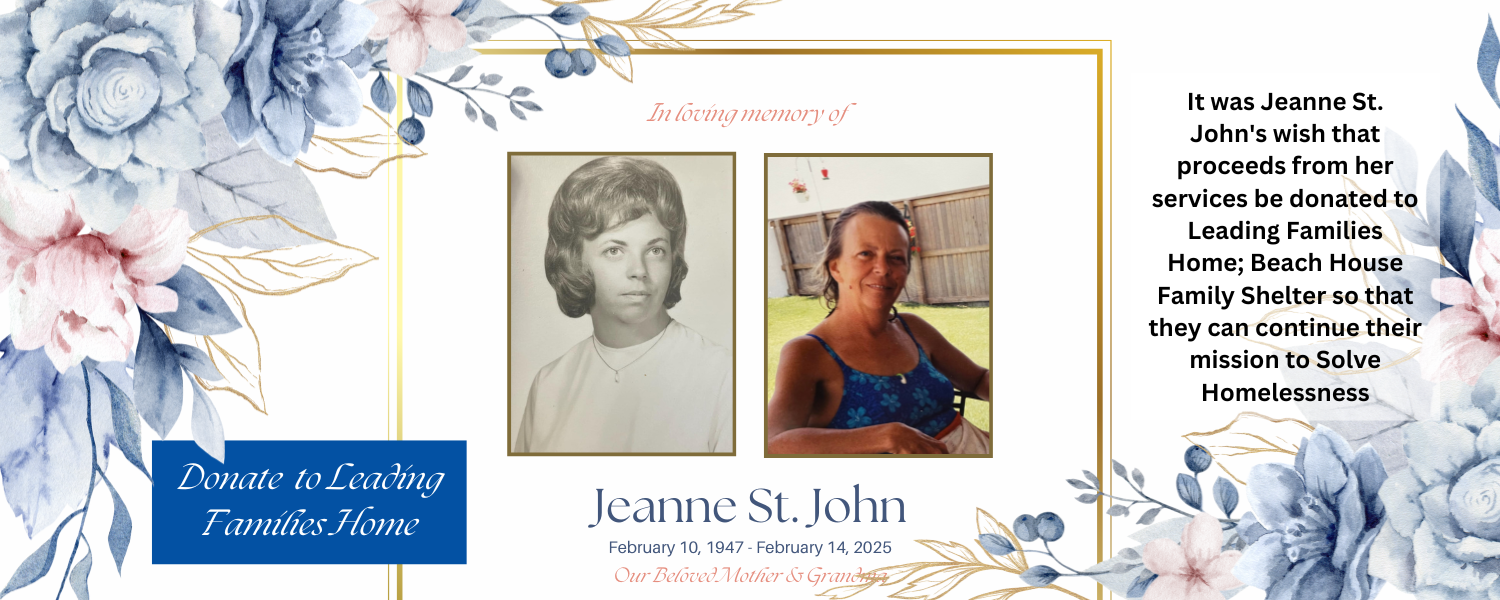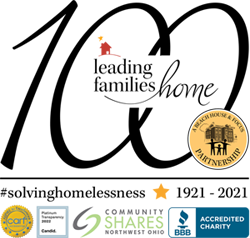Journey from Homelessness to Permanent Housing
Last week, we discussed the road to homelessness – the steps that lead individuals and families to homelessness. We came to the conclusion that homelessness is not always a choice – instead, it is a series of circumstances that are often unavoidable that lead a family or individual to homelessness.
However, we realize this isn’t the end for anyone. Those who are experiencing homelessness have hope – there is a journey back to permanent housing. In this article, we discuss the journey from homelessness to permanent housing, stability, and hope.
Homelessness
The real reason people become homeless can range from domestic violence to incarceration to mental illness. Unlike what many people may think, no one wants to be homeless. Each homeless person has a unique story , one that may surprise you.
An individual or family who experiences homelessness might find themselves living in a motel or out of a van. Others might find themselves “doubled up” with friends or family. (Find out more about where people live and sleep when they’re homeless .)
However, there is hope. There is a way back to permanent housing. It starts by calling 2-1-1.
Step One: Call 2-1-1
Calling 2-1-1 connects an individual or family with local resources, from food to housing. If a family is facing eviction, the Professional Information and Referral Specialist who answers the call will try to intercede on their behalf. They will work to maintain the current housing situation and overcome any challenges that prevent the family from staying there. If the family is unable to maintain their housing situation, the next step is for 2-1-1 to contact a homeless shelter.
Step Two: Shelter
The specialist will work to find a homeless shelter in the local area that has availability to house the family.
When the family’s needs and situation have been assessed, they will be referred to a shelter bed immediately or placed on a wait list.
Once in a shelter, a family or individual will go through a program that might include economic education, emotional processing, or tenant education and retention. After completing the program, the family or individual is ready to move toward permanent housing.
Step Three: Permanent Housing
At Beach House Family Shelter (dba Leading Families Home), a Housing Inspection Specialist helps the family find housing, or the family may find a unit themselves. The Specialists then work with the landlord of the unit to answer questions and explain the housing process.
Once a housing unit has been identified, the Housing Inspection Specialist conducts an inspection of the unit. The inspections are rigorous and must pass a HUD exam for safety and security. (Find out more about how we find housing for our shelter participants .)
Before the lease is signed, the Housing Inspection Specialist will review the lease to ensure everything is presented properly and legally. The Specialist will also work out the logistics and financial considerations of the lease with the landlord, along with other paperwork. Once the lease is approved, the shelter-appointed case manager for the family will arrange the lease signing.
The family is then housed in their unit, and the journey to permanent housing is complete.
Housing Programs
There are several housing programs available to help a family transition to permanent housing. These include Rapid Re-Housing (RRH) and Permanent Supportive Housing (PSH).
Rapid Re-Housing (RRH)
RRH is a short-term program that offers rental assistance and services. RRH is designed to help those experiencing homelessness find housing quickly, promote self-sufficiency, and stay housed (from the Ohio Continuum of Care, Rapid Re-Housing ).
RRH contains three core components: Housing Identification, Rent and Move-In Assistance (Financial), and Rapid Re-Housing Case Management and Services.
Housing Identification
Affordable, decent, and safe housing that is available is sought quickly for families. It is vital to involve the family in the housing decision, and give them a choice as to where they are housed.
Rent and Move-In Assistance (Financial)
Assistance helps the family with the costs associated with housing. This assistance is intended to secure an affordable, safe place for the family to live.
Rapid Re-Housing Case Management and Services
The third component of RRH is case management. Case management connects the family to services and support with local programs and contacts in their community. This is a vital piece of RRH and is intended to create a support system that helps the family maintain permanent housing once RRH assistance ends.
Effectiveness of RRH
It’s important to ask if RRH is effective in housing families and keeping them housed. The answer is, “Yes, it is.” Once a family finds permanent housing, they are in a much better situation to address the challenges that brought them to homelessness in the first place. This may include therapy for substance abuse or obtaining employment.
According to the Ohio Balance of State Continuum of Care (BoSCoC) , “Those who receive Rapid Re-Housing assistance are homeless for shorter periods of time than those assisted with shelter or transitional housing. Rapid Re-Housing is also less expensive than other homeless interventions, such as shelter or transitional housing.”
Permanent Supportive Housing (PSH)
PSH is a long-term housing program for those with disabilities who experience homlessness. The goal is to help find affordable, safe housing and achieve housing stability.
Participants in PSH are disabled, and, according to HUD’s definition , suffer from a “physical, mental, or emotional impairment, including an impairment caused by substance use disorder, post-traumatic stress disorder, or brain injury… has a developmental disability…has acquired immunodeficiency syndrome (AIDS) or any conditions arising from the etiologic agent for acquired immunodeficiency syndrome, including infection with the human immunodeficiency virus (HIV).”
The key elements of PSH include: Tenant Rights and Responsibilities, Voluntary Participation in Support Services, Affordability of Rent and Utilities, and Housing Is Not Time-Limited.
Tenant Rights & Responsibilities
The first key element of PSH is to ensure that tenants have full rights and responsibilities under landlord-tenant law. This element is vital to securing safe, decent, affordable housing that can be maintained long-term.
Voluntary Participation in Support Services
The next key element is that participation in support services must be voluntary; the family or individual must elect to participate of their own will.
Affordability of Rent & Utilities
Another key element of PSH is the affordability of rent and utilities. “Tenants do not pay more than 30% of their income toward rent and utilities.” ( BosCoC ) If a family pays more than 30% of their income toward rent and utilities, the family is considered to be “cost burdened” and at risk of homelessness (according to HUD’s definition ).
Housing Is Not Time-Limited
The final key element of PSH is that the program is not time-limited. A family or individual may live in the housing unit as long as the basic obligations of tenancy are met.
Effectiveness of PSH
Just as RRH is effective, PSH is also an effective housing program. The United States Interagency Council of Homelessness states, “Study after study has shown that supportive housing not only resolves homelessness and increases housing stability, but also improves health and lowers public costs by reducing the use of publicly-funded crisis services, including shelters, hospitals, psychiatric centers, jails, and prisons.”
The Journey to Permanent Housing
A family experiencing homelessness may feel hopeless, but there is a way back to permanent housing. By calling 2-1-1, a family can be placed in an appropriate, local shelter and can then enter into a housing program to help secure long-term housing.
For our current and future Participants, the need for comprehensive services continues to grow. To meet that need, we have big plans. And big plans call for big dollars. We need your help. Will you partner with us to meet the needs of our community? You can give by PayPal , or by mailing a check to Leading Families Home, 2910 W. Central Avenue, Toledo, Ohio 43606.
Thank you for always being faithful partners in our mission — helping families transition from homelessness to permanent housing.Together we’ve got this.
Let’s Connect
Connect with us on social media to see the latest stories from our Participants, Board Members, Staff, and Volunteers!
You can support Leading Families Home by liking or following our accounts, liking and SHARING them on your social media accounts. Invite your contacts to like or follow us, too! Let’s spread the word, and end homelessness in Toledo!
Help Us Out
Leading Families Home is based in Toledo, Ohio. We are dedicated to fighting homelessness in our community – and we’d love your help! Please consider supporting our organization in one of the following ways:
Donate Online
Leading Families Home partners with PayPal for secure online payments. Click Donate Now to be taken to the secure donation page.
Mail a Check
To donate by check, please make the check out to Leading Families Home.
Mail your check to the following address:
Leading Families Home
2283 Ashland Ave.
Toledo, OH 43604
Other Ways to Donate
Shop with AmazonSmile
When you shop on AmazonSmile (smile.amazon.com) the AmazonSmile Foundation will donate 0.5% of the price of eligible purchases to the charitable organization of your choice. Learn more about AmazonSmile .
Use Kroger Community Rewards
It’s easy to donate with Kroger Community Rewards – just shop at Kroger, and swipe your Plus Card! Join Kroger Community Rewards .
Matching Gifts: Double Your Donation
Every year we have a Match Campaign – an exciting way for you to double your impact. During this campaign, our match partners will match your monetary donation to Leading Families Home.
Match partners also include corporate sponsors who match their employees’ donations. If you’d like to participate, find out if your employer matches employee donations to 501(c)(3) organizations and contact us .
Host a 3rd Party Fundraiser
Do you love to plan events? You can raise donations for LFH by hosting your own event! Have fun and make an impact on our community. Ask for donations instead of birthday gifts or baby shower presents.
Remember Us in Your Will
A Planned Gift allows you to donate in a very meaningful way. Contact your financial advisor or estate planner to learn more.
